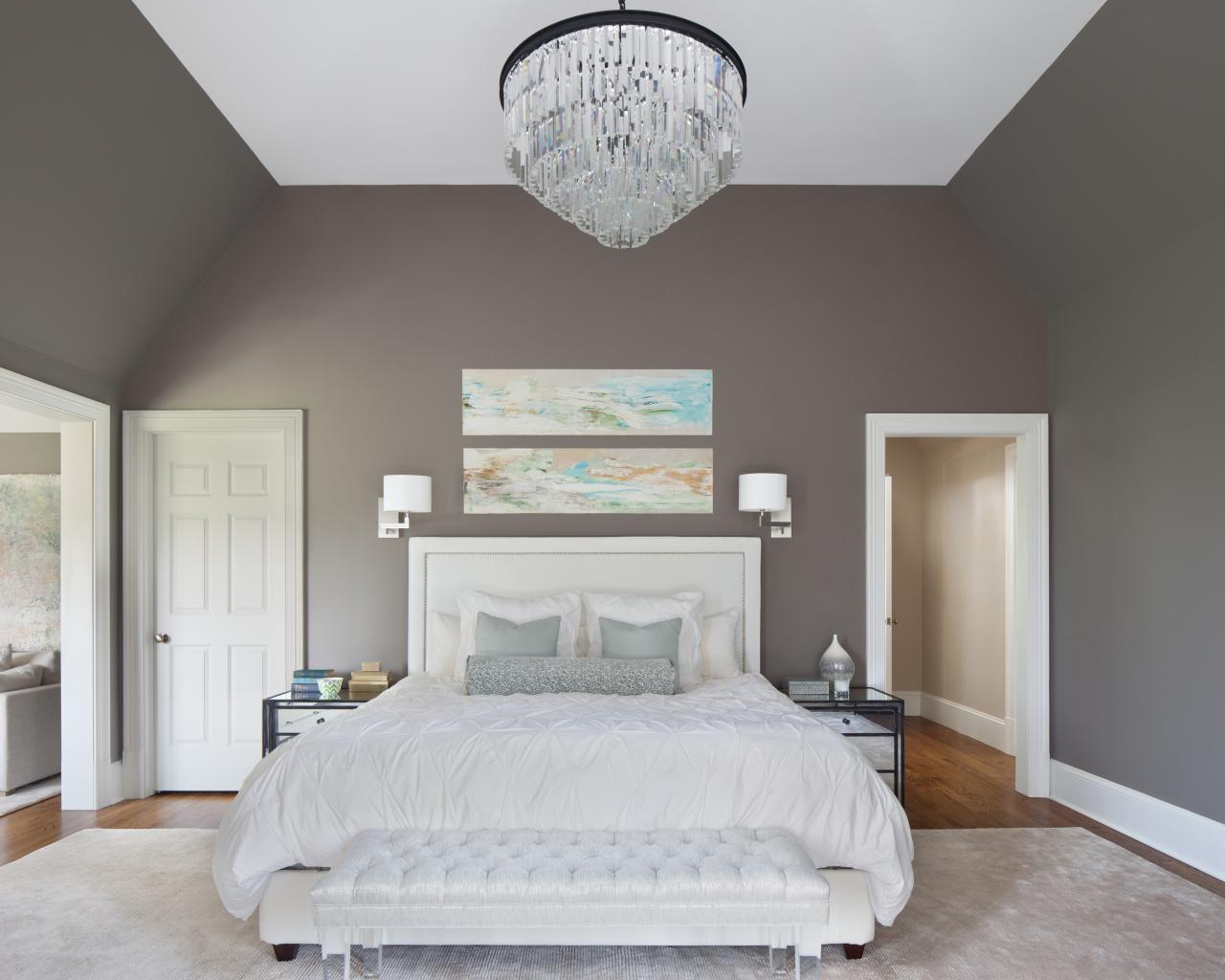
which color suitable for celling
The ceiling is sometimes called the fifth wall because, along with the other four surfaces, it forms the look and feel of interior spaces. This emphasizes the fact that, in terms of design, the ceiling is just as important as the walls. White works as a ceiling color a majority of the time—and for many good reasons—but other colors like red, blue, and brown can be used, too.
Why white is suitable for celling?
White is a popular ceiling paint color, and it’s not just out of an adherence to tradition. Homeowners and designers favor white as a ceiling color because:
White Reflects Light:
The ceiling reflects light as much, or more than the other four walls. Changing the color of your ceiling can greatly affect the amount of light in the room.
White Provides an Illusion of Depth:
A white ceiling color gives the illusion of depth; dark ceiling colors have a visual stop point. But if you have 10-, 12-foot, or even higher ceilings, you may want a visual stop. Otherwise, the room may feel cavernous.
White Is Easy to Use and Touch-Up:
When you buy ceiling paint, it’s already tinted white. This means color consistency varies from can to can. It also means that rolling on flat-sheen, white ceiling paint is easy to do because errors tend to be less noticeable. Plus, when it comes time to touch up your ceiling paint, flat white merges with the surrounding finish, with no need to re-paint the entire ceiling (unless the ceiling is especially discolored).
Idea for paints celling
Same Color as Your Walls
One easy option for choosing your ceiling color is sticking with the same color as your walls. If you are painting your room a neutral color, this is a fairly good choice. The wash of color over the entire room helps trick the eye and allows other features and decor in your room to take center stage.
Contrasting Ceiling Colors
Applying a contrasting color to the ceiling can dramatically alter your perception of the space. It’s like a reflector bouncing light down into the room, and the quality of that light affects the room’s character. For a high-contrast effect, consider hues such as sky blue, blush pink, warm tan, or charcoal gray to make a statement overhead. When an impactful ceiling color is your goal, you can disregard the rule that low ceilings require a light color. Apply a dark base to the ceiling and then use a glaze of the same color over it. The glaze softens the effect, and the sheen reflects enough light to keep the ceiling from overpowering the room.
Dark Ceiling, Light Walls
Many homeowners are choosing to go with a dark-colored ceiling and lighter walls. Colors such as navy, dark brown, and even black are currently trending when it comes to ceilings. A darker ceiling comes with a host of benefits such as creating a modern, contemporary look. This dark-light color combo can also create a welcoming atmosphere.
It’s important to note that if your room is small or has little natural light, a darker ceiling can soak up any remaining light, and make it feel closed-in and claustrophobic. For a room with tall ceilings and multiple natural lighting sources, a dark ceiling can be an excellent choice.
Match crown molding and trim to wall color.
If you choose to add crown molding and trim to the top of the wall, it should be painted in the same color as the walls. This is one method to try if you’re wondering how to make ceilings look higher. It prevents drawing attention upward, which would highlight the low ceiling height.


Leave a Reply